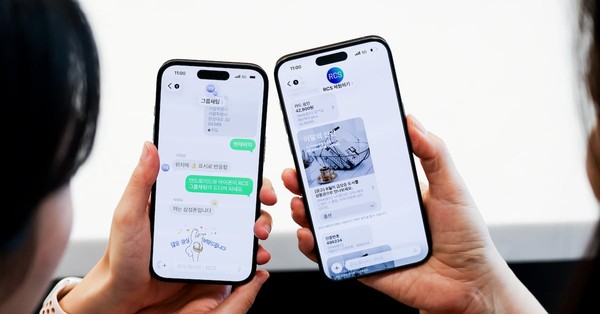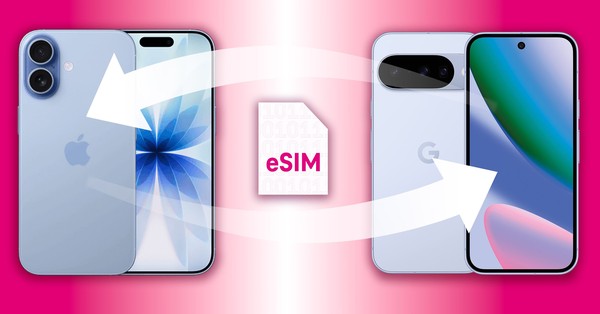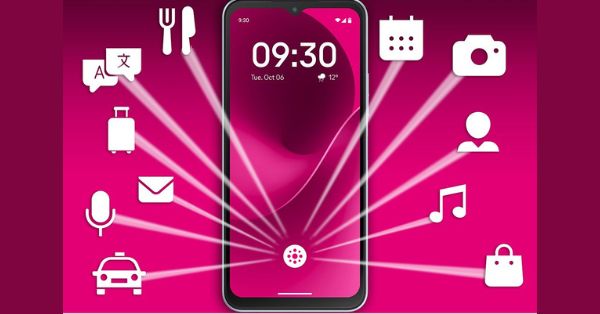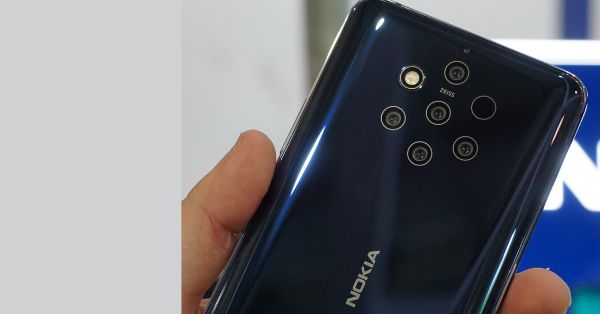iPhone RCS launches across Korea with SK Telecom, KT and LG Uplus
Korea’s three national carriers have enabled Rich Communication Services (RCS) on iPhones via Apple’s recent iOS update, bringing Android–iOS parity for default messaging to a market long dominated by OTT apps.
Launch details and participating carriers
SK Telecom, KT, and LG Uplus now support RCS for iPhone users across Korea, extending capabilities that previously existed only on Android. The move aligns operator portfolios with the GSMA-backed evolution of SMS, positioning default messaging as a richer, more secure, and more brand-ready channel.
Supported iPhone models and iOS requirements
RCS on iPhone is available on iPhone 11 series and newer models running the latest iOS update, with activation dependent on carrier support and user settings. As with Android, RCS features require data connectivity and fall back to SMS/MMS when RCS is unavailable.
RCS features available at launch
Users gain modern chat features including group messaging with up to 100 Android participants, read receipts, typing indicators, replies, and support for richer media. A previous MMS constraint of roughly 1 MB is replaced by higher-quality photo and video sharing, and in Korea attachments under 5 MB do not incur data charges, subject to carrier policy.
RCS Business Messaging and verified Brand Profiles
Carriers are enabling richer business messages with visual content and structured information, plus verified Brand Profiles that display a company’s logo and contact details to help users confirm the sender’s identity even if the number is not saved.
Why RCS on iPhone matters now
The upgrade closes a key cross-platform gap, unlocking larger reach for operators and brands while modernizing the default channel that underpins critical notifications in banking, retail, travel, and public services.
Closing the Android–iPhone messaging gap
By bringing RCS to iPhone, carriers reduce fragmentation in peer-to-peer and business messaging, improving delivery of high-fidelity media and interactions across device ecosystems without forcing users into a specific OTT app.
Enterprise RCS use cases in Korea
With GSMA Universal Profile-aligned capabilities, enterprises can deliver transactional updates (e.g., payment confirmations, itineraries, fraud alerts) with richer layouts, suggested actions, and verified sender identity—improving clarity and reducing phishing risk.
RCS media quality and cost versus MMS
Higher media ceilings and carrier policies that waive data charges for small attachments remove MMS-era limitations, enabling clearer images and videos and more consistent experiences across networks and devices.
Technical and operational requirements
Successful scale will depend on standards compliance, interoperability, trust and safety controls, and clear commercial policies.
GSMA Universal Profile and interconnect
Operators should maintain GSMA Universal Profile compliance and ensure robust interconnect—whether via operator-hosted platforms or cloud hubs such as federated RCS interop—to sustain consistent features for P2P and business messaging across networks.
Security, anti-spam, and user trust
Brand verification and sender vetting are essential to curb smishing and spoofing, and carriers should pair verification with analytics-driven spam filtering, reporting channels, and consistent labeling to protect users and brands.
Billing policies, data charging, and KPIs
Clear rules for data charging—such as zero-rating sub-5 MB attachments—should be documented in consumer and enterprise plans, with KPIs tracked for activation rate, delivery success, latency, read-rate, and opt-in/opt-out behavior to prove channel efficacy.
Korea market context for RCS
RCS arrives in a market where KakaoTalk has entrenched usage, making cross-platform parity and enterprise trust signals critical to win share of attention.
Competing with KakaoTalk and OTT habits
Default messaging benefits from ubiquity, verified senders, and SIM-based reach, but carriers must demonstrate experiences that rival OTT richness—particularly for group chats, media quality, and reliability—to shift user habits.
Adoption hurdles and coverage limits
Coverage is limited to iPhone 11 and newer on the latest iOS, so near-term penetration will be gated by device mix and update rates, and operators should streamline activation flows and education to drive uptake.
Enterprise readiness and CPaaS/RBM integration
Brands will expect RCS Business Messaging-compatible APIs, templates, and analytics through CPaaS partners and system integrators, along with predictable pricing and SLAs for time-sensitive traffic.
Next steps for operators and enterprises
With iPhone support live, the priority is to operationalize RCS at scale with verified, measurable journeys that deliver clear user and business value.
Action plan for mobile operators
Advance Universal Profile compliance and interconnect testing, expand anti-spam and brand verification programs, publish transparent data/billing policies, and launch co-marketing to drive RCS activation on eligible iPhones and Android devices.
Action plan for enterprises and brands
Pilot RCS journeys for high-value use cases—fraud alerts, delivery updates, card statements, appointment management—and enable Brand Profiles, while instrumenting analytics to compare RCS outcomes with SMS/MMS and OTT channels.
Guidance for CPaaS providers and integrators
Expose RBM capabilities with fallback logic, templates, and verified sender onboarding for Korea, and integrate carrier policies (e.g., media size, zero-rating thresholds) into campaign governance and reporting.
Metrics that matter for RCS performance
Track activation rate, verified sender adoption, delivery and read performance, link and action engagement, complaint rates, and conversion to quantify ROI and guide channel mix decisions.
Strategic outlook for RCS in Korea
As iPhone coverage grows and interop matures, RCS can become the default high-trust channel for critical communications in Korea, complementing OTT while giving operators and enterprises a standards-based path to richer, more secure messaging at national scale.









































